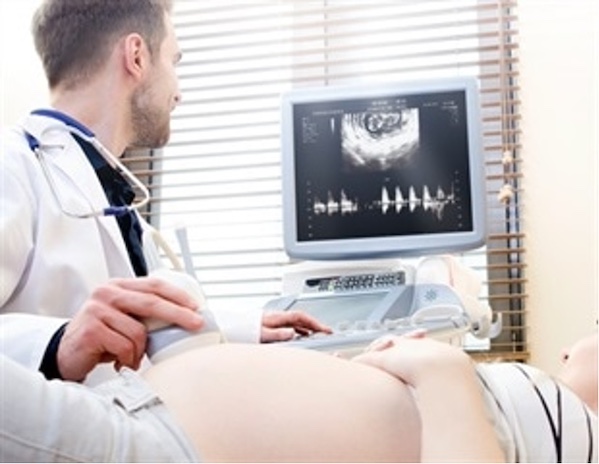Quality of ultrasound scans of the liver and kidneys found to be lower in obese patients
October 18, 2023
Source: drugdu
 477
477

Ultrasound of the abdominal organs is a central diagnostic tool and is recommended as the first-line approach for many medical conditions. Compared with other imaging modalities such as computed tomography (CT) and magnetic resonance imaging (MRI), ultrasound is readily available, avoids unnecessary radiation exposure and can be used in almost every case. However, the accuracy of this method is usually limited in obese individuals because the imaging quality of anatomical structures is impaired. To date, the degree of obesity at which ultrasound diagnostics are no longer sufficiently precise has not been sufficiently researched.
In a recent clinical study at the University of Leipzig Medical Center, researchers found that the quality of ultrasound scans of the liver and kidneys was significantly lower in obese patients.
Professor Thomas Karlas, head of the study and corresponding author of the current publication, said, "The results showed that as the body mass index of the patients increased, the image quality of the ultrasound decreased. It also became clear that modern probes with matrix technology improve the quality of ultrasound imaging."
The matrix probes have an improved transmitting and receiving performance and therefore achieve greater penetration depth into the tissue. This allows for better diagnostic accuracy in high-risk patients. The performance of matrix probes in obese individuals has not yet been scientifically validated.
The current data show that these relatively expensive special probes for ultrasound equipment can provide significant added value. The 40 participants in the study underwent a highly standardized ultrasound examination of the abdomen with three different probes: a standard probe and two high-performance probes. The liver and right kidney were examined in people with varying degrees of obesity, and the quality of the ultrasound imaging was scored.
"Particularly in centers that specialize in the care of obese patients, for example, in diabetology, nutritional medicine or bariatric surgery, ultrasound equipment with matrix probes should be available for abdominal examinations," says Professor Karlas. As the senior physician and head of the Interdisciplinary Central Ultrasound Unit in the Department of Oncology, Gastroenterology, Hepatology and Pneumology at the University of Leipzig Medical Center, he also points out the following problem: "Even if matrix probes improve the quality of ultrasound imaging in obese patients, the quality is often not as good as in lean patients. Obesity therefore remains a challenge – both as a cause of secondary diseases such as metabolic liver disease – and as a limitation for widely used diagnostic methods." A follow-up project will investigate whether specialized ultrasound applications (e.g. determination of liver fat content and liver stiffness) work better with the high-performance probes than with conventional methods.
Source:
https://www.news-medical.net/news/20231016/Quality-of-ultrasound-scans-of-the-liver-and-kidneys-found-to-be-lower-in-obese-patients.aspx
Read more on
- Over $2 billion! Another major deal for a domestically developed innovative drug December 24, 2025
- Good news for middle-aged and elderly men! Taincon has become the first generic version of a compound drug for benign prostatic hyperplasia December 24, 2025
- BeiGene – Catadegbrutinib Initiates International Multicenter Phase II Clinical Trial for B-Cell Leukemia December 24, 2025
- IND for Oral Small-Molecule KRAS G12D Inhibitor ABSK141 Approved by NMPA December 24, 2025
- Wantai Bio’s bivalent HPV vaccine (Escherichia coli) was shortlisted for the National Immunization Program (NIP) December 24, 2025
your submission has already been received.
OK
Subscribe
Please enter a valid Email address!
Submit
The most relevant industry news & insight will be sent to you every two weeks.



